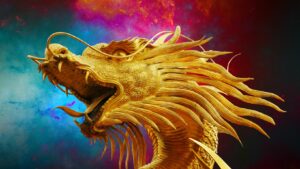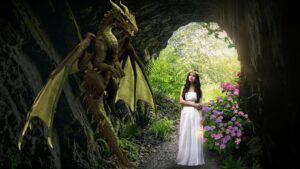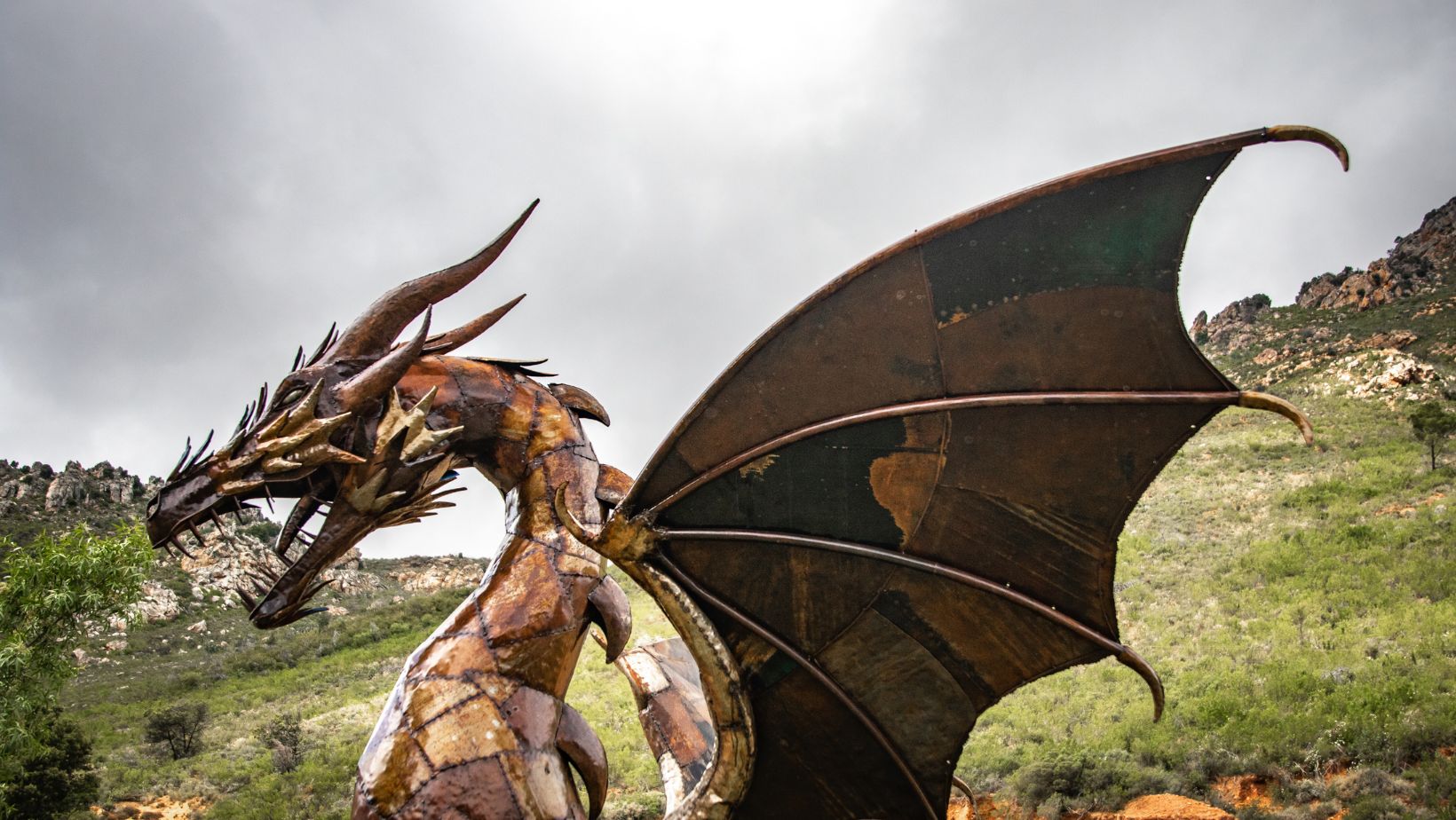Fantasy:dcjxlw13hrm= Dragon
In the realm of fantasy, few creatures captivate the imagination like dragons. These majestic beasts, often depicted with shimmering scales  and fiery breath, have been a staple in mythologies and stories across cultures for centuries. From the fearsome Smaug in “The Hobbit” to the benevolent Drogon in “Game of Thrones”, dragons symbolize power, mystery, and the unknown.
and fiery breath, have been a staple in mythologies and stories across cultures for centuries. From the fearsome Smaug in “The Hobbit” to the benevolent Drogon in “Game of Thrones”, dragons symbolize power, mystery, and the unknown.
Fantasy dragons often serve as guardians of hidden treasures, wise sages, or formidable adversaries, adding depth and excitement to any narrative. Their presence in literature, film, and games continues to inspire creators and fans alike, providing endless possibilities for storytelling. As these mythical creatures evolve, they remain a testament to the enduring allure of fantasy worlds.
Whether soaring across the skies or lurking in the shadows, dragons ignite a sense of wonder and adventure. Their legendary status in fantasy lore ensures they remain a beloved and timeless element of storytelling.
The Allure of Fantasy Dragons
Fantasy dragons captivate audiences with their enchanting qualities and diverse roles in storytelling. These creatures represent not just power and mystery but also the unpredictability of nature. Their portrayal often merges impressive strength with profound wisdom, creating complex characters within fantasy narratives.
Dragons frequently serve as symbols of ultimate power and uncharted knowledge. They guard treasures both material and metaphysical, challenging heroes to face their fears and expand their horizons. The rich lore associated with dragons, filled with tales of heroism and villainy, reflects cultural values and encourages exploration beyond the ordinary.
These majestic beings also inspire a sense of wonder and imagination. Authors and creators draw from dragon mythology to craft worlds where dragons soar the skies and embody humanity’s deepest desires and fears. This fascination speaks to an intrinsic attraction to the unknown and the fantastical possibilities dragons offer within these imaginative realms.
Origins and Mythology
Fantasy dragons, often depicted as awe-inspiring creatures, have their roots deeply embedded in ancient myths and legends. Their cultural significance evolved over time, shaping their portrayal in modern fantasy literature.
Ancient Dragons in Folklore
Dragons have featured prominently in various ancient cultures. In Chinese mythology, the dragon symbolizes power and good fortune, often portrayed as benevolent. Meanwhile, European folklore frequently depicts dragons as malevolent beings, guarding treasure and epitomizing challenges for heroes. For instance, the legend of Saint George and the Dragon highlights a knight’s triumph over a fierce dragon, symbolizing the victory of good over evil.
Dragons in Modern Fantasy Literature
In contemporary fantasy literature, dragons continue to captivate audiences. Authors draw inspiration from ancient myths to create complex dragon characters. J.R.R. Tolkien’s Smaug in “The Hobbit” exemplifies a blend of traditional lore and modern storytelling, showcasing intelligence and cunning. Similarly, George R.R. Martin’s “A Song of Ice and Fire” features dragons like Drogon, integrating these creatures into intricate plots, reflecting both awe and terror. These narratives explore timeless themes, echoing the rich mythology that shaped fantasy dragons.
Characteristics of Fantasy Dragons
Fantasy dragons captivate audiences with their distinct traits, blending majestic appearances with extraordinary powers. These creatures play pivotal roles in narratives, shaped by their unique characteristics.
 Fantasy dragons often possess massive wingspans and tough, shimmering scales. Their enormous size varies, with some towering over buildings while others are more akin to horses. These creatures may exhibit vivid colors, from fiery reds and radiant golds to iridescent blues and greens. Long tails, sharp claws, and menacing horns enhance their ferocious image. In some stories, dragons have multifaceted eyes, providing them with a gaze imbued with wisdom and foresight.
Fantasy dragons often possess massive wingspans and tough, shimmering scales. Their enormous size varies, with some towering over buildings while others are more akin to horses. These creatures may exhibit vivid colors, from fiery reds and radiant golds to iridescent blues and greens. Long tails, sharp claws, and menacing horns enhance their ferocious image. In some stories, dragons have multifaceted eyes, providing them with a gaze imbued with wisdom and foresight.
Dragons frequently wield magical abilities, making them formidable beings. They can breathe fire, ice, or even poison, attacking foes and defending treasures. Some dragons possess telepathy, enabling communication with humans and other creatures. In certain myths, dragons can shapeshift or become invisible, adding complexity to their roles. Their magic often extends to creating illusions or manipulating weather, reinforcing their status within the fantasy realm.
Fantasy dragons remain one of the most enduring symbols in literature and media captivating audiences with their majestic presence and multifaceted roles. As embodiments of power wisdom and mystery they challenge characters to confront their deepest fears and aspirations.



